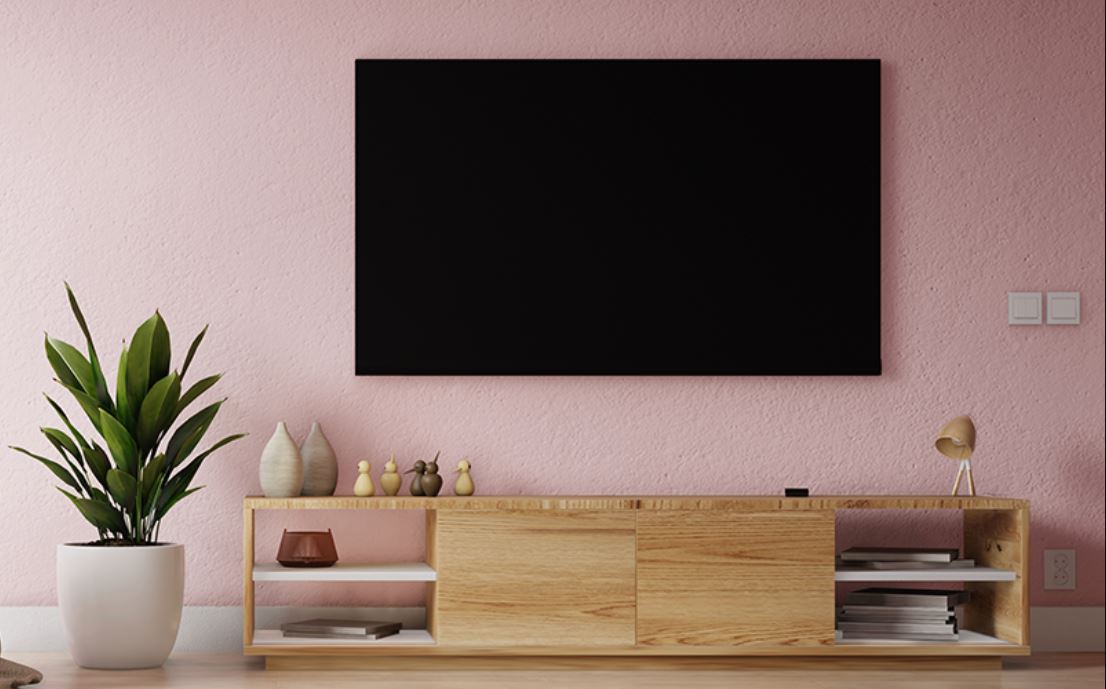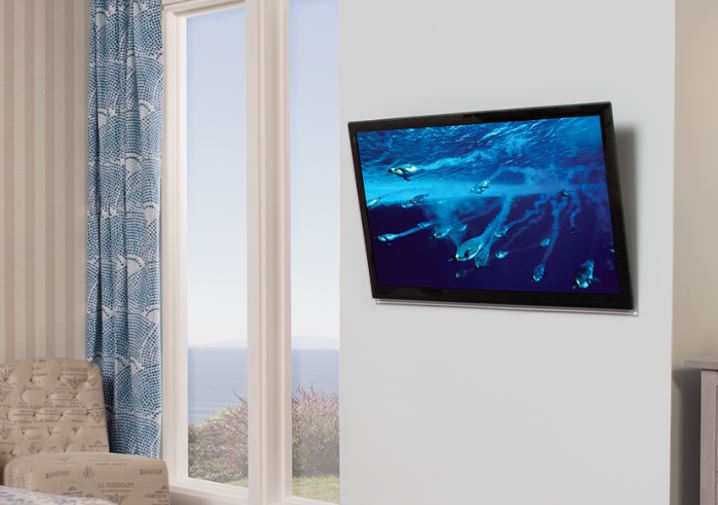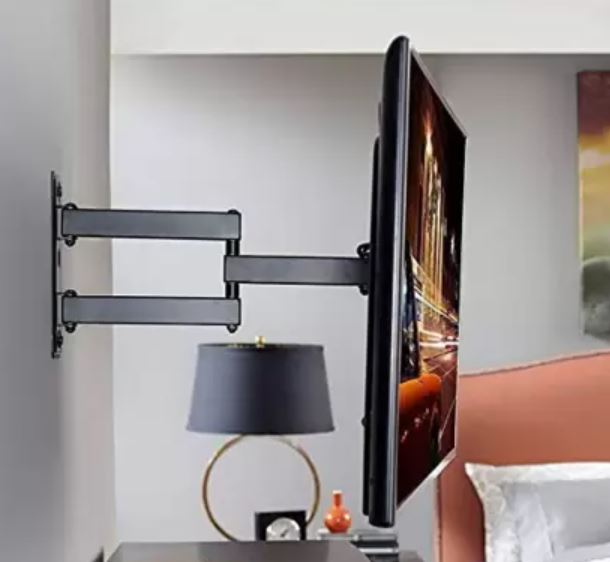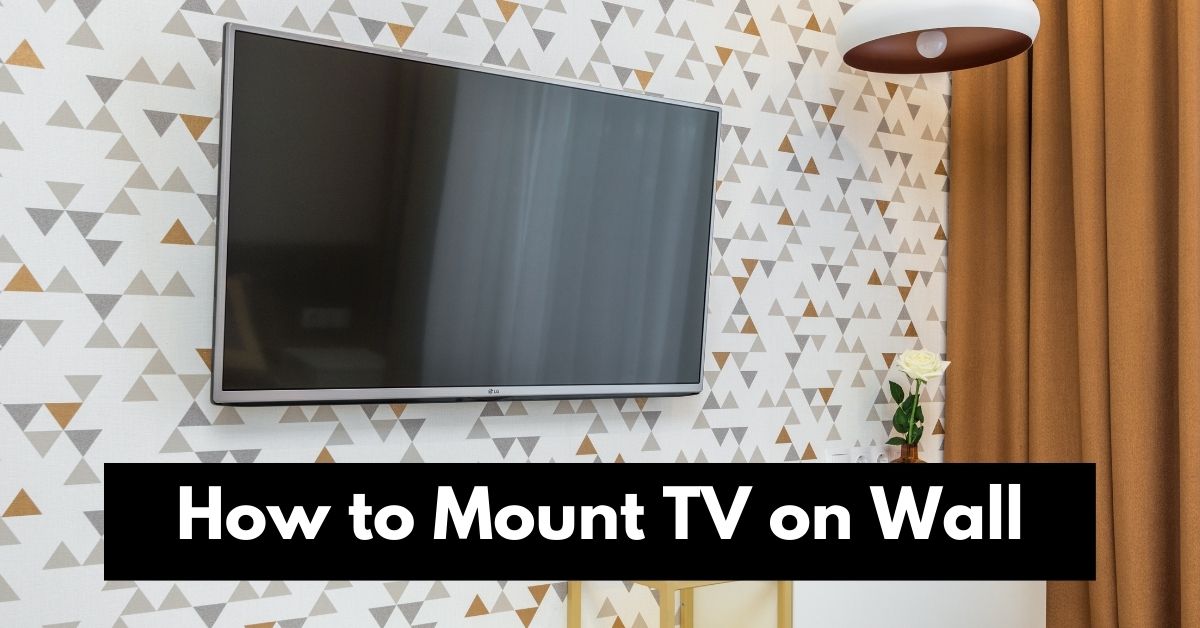Mounting your TV on the wall can be a great way to save space and create a sleek, modern look in your home. By removing the need for a bulky TV stand or entertainment center, you can free up valuable floor space and make your living area feel more open and inviting.
But before you start drilling holes and mounting brackets, there are a few things you need to know about how to mount a tv on the wall. In this comprehensive guide, we’ll cover everything from choosing the right wall and tv mount installation type to safety tips. So let’s dive in and get started!
Pre-Installation Checklist
Before you start mounting your TV on the wall, it’s important to take a few key factors into consideration. Here are the steps you should follow:
- Choose the right wall: Not all walls are created equal when it comes to mounting a TV. Look for a wall that’s sturdy, flat, and free of any obstructions, such as windows or doorways. Avoid mounting your TV on an exterior wall or a wall with plumbing or electrical wiring behind it.
- Decide on the height and viewing angle: The ideal height for your TV will depend on the size of your screen and the layout of your room. It is generally recommended that you place the TV at eye level while seated. You’ll also want to consider the viewing angle, which should be comfortable and free of any glare.
- Check the weight and size of your TV: Before you choose a mount, make sure it can support the weight and size of your TV. Most mounts are rated for a specific weight range, so be sure to check the manufacturer’s specifications.
- Gather necessary tools and materials: You’ll need a few basic tools and materials to mount your TV, including a drill, drill bits, a stud finder, a level, a pencil, and the mount itself. You may also need additional hardware, such as screws or anchors, depending on the type of wall and mount you’re using. Be sure to read the manufacturer’s instructions carefully and have everything you need on hand before you begin.
Types of TV Mounts
There are three main types of TV wall mount installation to choose from:
- Fixed TV mounts: These mounts hold your TV securely in place without any movement or adjustment. They’re ideal for rooms where you’ll always be sitting directly in front of the TV, as they don’t allow for any tilt or swivel. Fixed mounts are typically the most affordable option and can be easier to install than other types.
- Tilting TV mounts: These mounts allow you to tilt your TV up or down, typically by up to 15 degrees. This can be helpful if you need to adjust the viewing angle to reduce glare or get a better picture. Tilting mounts are a good choice for rooms with windows or other light sources that can cause reflections on the TV screen.
- Full-motion TV mounts: These mounts offer the most flexibility, allowing you to adjust your TV in multiple directions. With a full-motion mount, you can tilt your TV up or down, swivel it from side to side, and even pull it away from the wall and rotate it. This makes it easy to find the perfect viewing angle no matter where you’re sitting in the room. Full-motion mounts are typically the most expensive and can be more difficult to install, but they offer the most versatility.
How to Install a Fixed TV Mount?

If you’ve decided on a fixed TV mount, here are the steps to install it:
- Locate the studs: Use a stud finder to locate the studs behind the wall where you want to mount your TV. Use a pencil to mark the stud locations.
- Attach the mount to the wall: Use a drill to attach the mount to the wall, making sure to screw it into the studs. Use a level to ensure that the mount is straight.
- Attach the brackets to the TV: Most fixed mounts come with brackets that attach to the back of your TV. Follow the manufacturer’s instructions to attach these brackets to your TV.
- Hang the TV on the mount: With the help of a friend or family member, carefully hang the TV on the mount. Make sure that the brackets on the TV click securely into the mount on the wall.
- Double-check everything: Once the TV is mounted, double-check that it is level and secure. Give the TV a gentle tug to make sure it won’t come loose.
How to Install a Tilting TV Mount?

Installing a tilting TV mount is the same as that of a fixed TV mount. There is just an extra step you need to follow in the end. Here it is:
Adjust the tilt angle: Use the adjustment screws on the mount to tilt the TV up or down as needed. Be careful not to over-tighten the screws, as this can damage the mount or the TV.
To adjust the tilt angle of your TV, use the adjustment screws on the mount. Tightening the screws will tilt the TV up while loosening them will tilt it down. Be sure to adjust the tilt angle carefully, as over-tightening the screws can damage the mount or the TV.
How to Install a Full-Motion TV Mount?

This type of installation needs two extra steps in the last that are as follows:
- Adjust the arms: Once the TV is mounted, you can adjust the arms of the mount to position the TV at the desired angle. Follow the manufacturer’s instructions to adjust the arms.
- Tighten the bolts: Once you’ve positioned the TV, tighten the bolts on the mount to secure it in place.
How to Adjust the Viewing Angle
With a full-motion TV mount, you have the flexibility to adjust the viewing angle of your TV. Here’s how to do it:
- Loosen the bolts: Loosen the bolts on the mount that hold the arms in place.
- Adjust the angle: Use the arms of the mount to adjust the angle of the TV. Most full-motion mounts allow for a range of motion, including up and down, side to side, and even rotation.
- Tighten the bolts: Once you’ve positioned the TV at the desired angle, tighten the bolts on the mount to secure it in place.
- Test the viewing angle: Sit in the viewing position and make sure that the TV is at the correct angle for comfortable viewing. Make adjustments if necessary.
Note that adjusting the viewing angle of a full-motion TV mount can require some trial and error to find the perfect position. Be patient and make small adjustments until you find the ideal angle for your needs.
Tips for Mounting on Different Wall Surfaces
Mounting a TV on different wall surfaces can present unique challenges. Here are a few tips to keep in mind:
- Drywall: If you’re mounting your TV on drywall, be sure to screw the mount into the studs behind the wall. Use drywall anchors if there isn’t a stud where you want to mount the TV.
- Brick or concrete: For brick or concrete walls, use a masonry bit and anchors designed for these materials. Be sure to drill the holes deep enough for the anchors to fit snugly.
- Plaster: Mounting a TV on plaster walls can be tricky, as the plaster can crumble or crack. Use a drill with a masonry bit and screws designed for plaster walls, and be sure to avoid drilling too close to the edge of the wall.
How to Hide Cables and Wires
One of the biggest downsides to mounting a TV on the wall is the unsightly cables and wires that can be left hanging. Here are a few ways to hide them:
- Use a cable cover: A cable cover is a plastic channel that attaches to the wall and covers your cables and wires. Your decor will be complemented by their wide range of colors and sizes.
- Install an in-wall cable management system: If you’re comfortable with electrical work, you can install an in-wall cable management system that hides your cables and wires behind the wall.
- Use a cord cover: A cord cover is a fabric sleeve that slips over your cables and wires, hiding them from view. Colors and sizes can be matched to your decor.
Also, read- Fix Cinema HD not working
Safety Tips
Mounting a TV on the wall can be a risky task, so it’s important to take some safety precautions to avoid accidents. Here are some tips to help you mount your TV safely:
How to Safely Lift and Mount Your TV?
- Use a sturdy ladder or step stool: A stable ladder or step stool can help you reach the wall safely. Make sure it’s placed on a level surface and secure before stepping on it.
- Get help: Mounting a TV can be a two-person job, especially if the TV is large or heavy. Enlist the help of a friend or family member to help you lift and hold the TV while you attach it to the wall.
- Lift with your legs, not your back: When lifting the TV, bend your knees and lift with your legs to avoid straining your back.
How to Ensure the Mount is Secure?
- Use a stud finder: Mounting a TV on drywall or plaster alone can be dangerous. Use a stud finder to locate the studs in the wall, as they are the strongest part of the wall and can support the weight of your TV.
- Use the right screws and bolts: Make sure you’re using the right screws and bolts that are appropriate for the type of mount you’re installing and the material of the wall. Check the manufacturer’s instructions to ensure you have the correct hardware.
- Double-check the mount’s weight capacity: Make sure that the mount you’re using is rated to support the weight of your TV.
How to Avoid Electrical Hazards?
- Turn off the power: Make sure to turn off the power to the outlet where you’ll be plugging in your TV. This can help prevent electrical shock or short circuits.
- Use surge protectors: Using a surge protector can help protect your TV and other electronics from power surges.
- Keep cords and cables organized: Make sure cords and cables are properly organized and not tangled or stretched too tightly, which can cause them to fray or even start a fire.
Conclusion
Mounting your TV on the wall is a great way to free up space in your home and improve your viewing experience. Whether you choose a fixed, tilting, or full-motion mount, it’s important to follow the proper steps to ensure a safe and successful installation. By taking the time to plan ahead, gather the necessary tools and materials, and follow the manufacturer’s instructions, you can enjoy your favorite shows and movies on your newly mounted TV in no time.
FAQ
Q: How high to mount TV on the wall?
A: The optimal height for your TV will depend on your room layout and personal preferences. As a general rule, the center of the TV screen should be at eye level when you’re sitting down.
Q: Can I mount my TV on a brick wall?
A: Yes, it is possible to mount a TV on a brick wall, but it will require special tools and hardware. You’ll need a masonry drill bit to drill into the brick, and special anchors or screws to attach the mount securely.
Q: How do I hide the cords and cables from my mounted TV?
A: There are several options for hiding cords and cables, including using a cable cover or raceway, installing an in-wall cable management kit, or hiring a professional to run the cables behind the wall.

